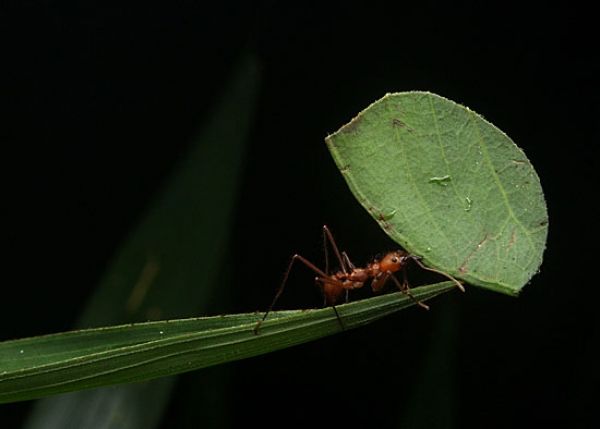Tropical forests are one of the largest natural sources of the greenhouse gas nitrous oxide (N2O), and a tiny insect may play a big role in how those emissions are spread out across the landscape.
In a new study published this month in the Proceedings of the Royal Society, University of Montana researchers linked leafcutter ants to some of the largest natural N2O hotspots ever recorded in tropical forests.
“Leafcutters ants are very common and charismatic insects throughout the Americas,” said Fiona Soper, a faculty affiliate in UM’s W.A. Franke College of Forestry and Conservation and the study’s lead author. “You can’t walk through a tropical forest without seeing them stripping leaves, marching in long lines and excavating nests. Our research in Costa Rica shows a previously unsuspected role for these ants in tropical forests: creating emission hotspots for the greenhouse gas nitrous oxide.”
Read more at The University of Montana
Image: A leafcutter ant (Courtesy of Manuel Sanchez Mendoza)


